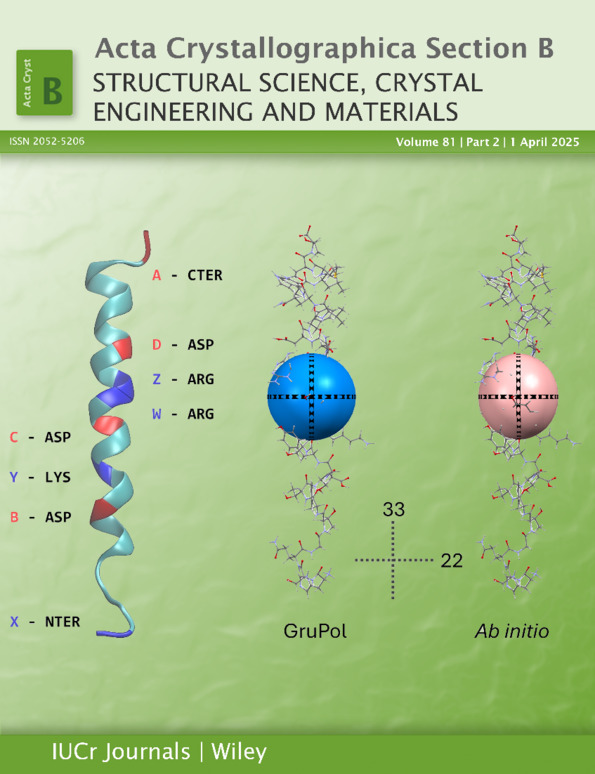Looking at high-pressure electrides through the lens of quantum crystallography: the case of simple cubic calcium
Abstract
High-pressure electrides (HPEs) represent a unique class of materials characterized by the localization of electrons in non-bonding interstitial regions, distinct from typical atom–atom interactions. This study delves into the properties of calcium in its simple cubic (sc) phase (Ca-sc) under extreme pressure, a candidate for exhibiting HPE behavior. Through quantum crystallography (QCr), we meticulously analyze the electron density and bonding nature of Ca-sc at pressures up to 40 GPa. Our theoretical framework reveals a pressure-induced electronic transition from s to d character, resulting in the formation of multi-centered bonds within Ca8 clusters. The topological analysis corroborates the existence of non-nuclear maxima and electron localization features characteristic of HPEs. These findings underscore the efficacy of QCr techniques in elucidating material behavior under extreme conditions, thereby establishing a pathway for experimental validation of HPEs like Ca-sc.




